The Complete Homeowner’s Guide to Septic Tank Care and Field Line Maintenance Here’s something that might shock you: Right now, …
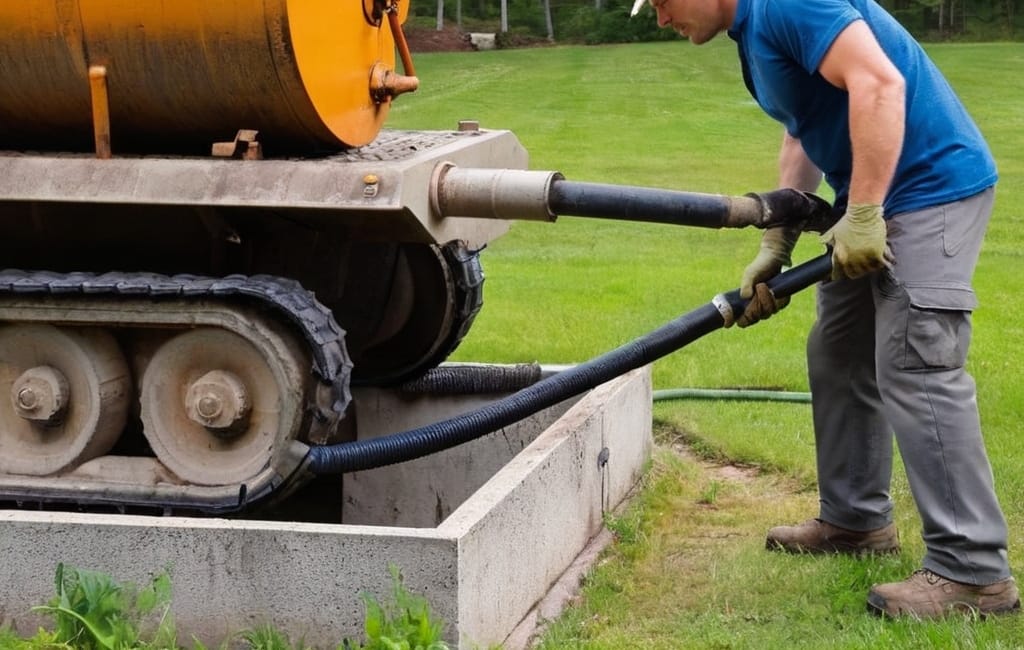

The Complete Homeowner’s Guide to Septic Tank Care and Field Line Maintenance Here’s something that might shock you: Right now, …
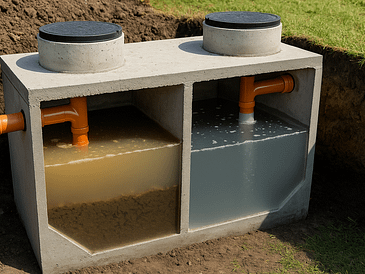
Learn about the benefits, maintenance, and troubleshooting of two compartment septic tanks in this comprehensive guide. Make an informed decision for your home’s waste management system.
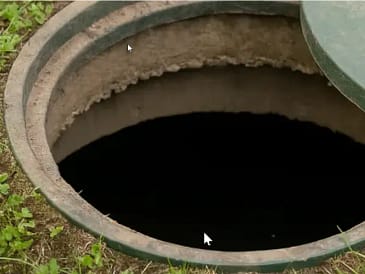
Septic Tank Lid Replacement Near Me: What You Need to Know A damaged or outdated septic tank lid isn’t just …
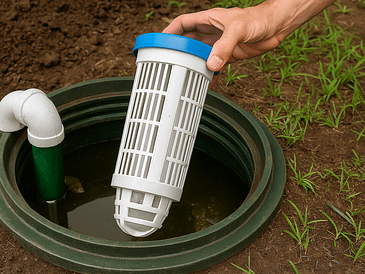
Septic Tank Filters: Why Effluent Filters Matter More Than You Think Septic tank filters—often overlooked, rarely discussed—are one of the …

Millions of households across the U.S. rely on septic systems to handle their wastewater needs. When functioning properly, these underground …
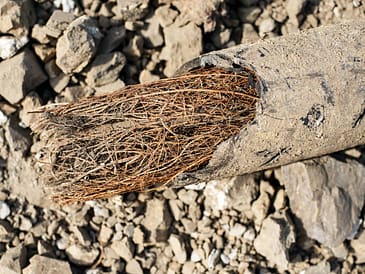
Regular sewer line camera inspections and copper sulfate foaming root killer can prevent costly tree root damage. Save thousands of dollars over time.
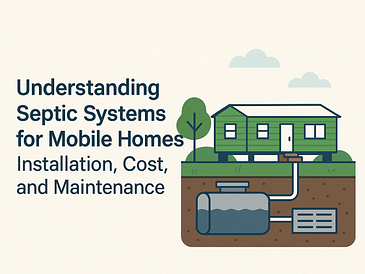
Understanding Septic Systems for Mobile Homes: Installation, Cost, and Maintenance Septic tanks are underground containers designed to collect and treat …

Discover if septic tank repair is covered by homeowners insurance in this thorough guide. Don’t be caught off guard by potential financial consequences.

Is your septic tank inlet baffle in need of replacement? Learn how to keep your sanitation system in top condition with this ultimate homeowner’s guide.
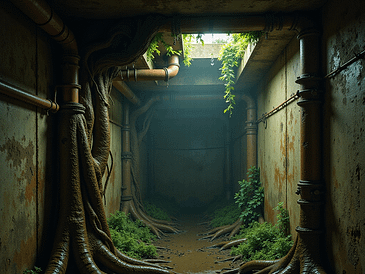
Discover the best solution for clearing tree roots from your sewer lines in our ultimate guide comparing RootX and copper sulfate. Say goodbye to clogs for good!
The Ultimate Guide to Septic Tank Services: Costs, Maintenance, and Everything You Need to Know When it comes to home …
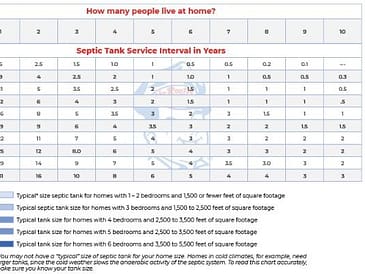
Many people assume that a septic system is designed to last for decades, but only about 10 percent of them …